How To Help A Nervous Rescue Dog Gain Confidence
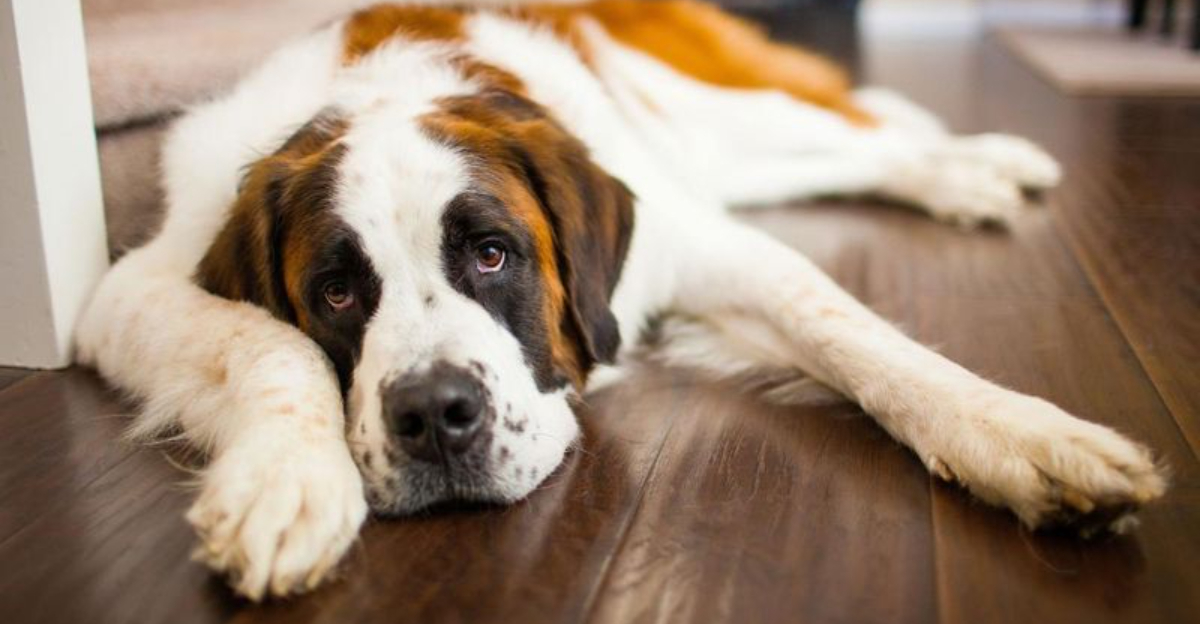
Ever met a furball that’s more nervous than a cat in a room full of rocking chairs? Helping a timid rescue dog gain confidence is a journey filled with patience, love, and a few tasty treats.
Whether they’re new to your home or still adjusting, these tips will turn your anxious pup into a self-assured companion. Let’s explore these tail-wagging strategies together!
1. Positive Reinforcement Training
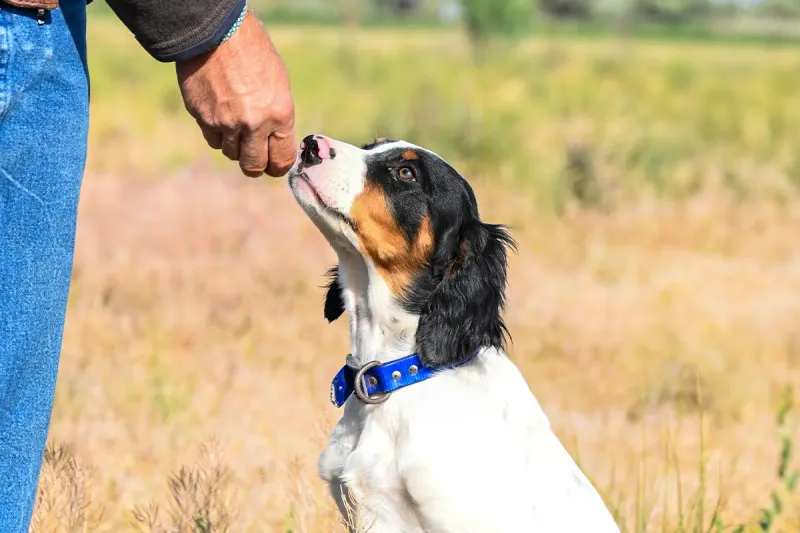
Imagine this: You’re given a cookie every time you say ‘hello’ to a stranger. Not bad, right? Positive reinforcement works similarly for dogs. When they’re brave enough to face something scary, reward them with a treat or praise.
This encourages them to repeat the behavior. It’s a win-win: you get a wagging tail, and they get a boost in confidence.
Remember, patience is key. Progress might be slow, but with love and consistent rewards, your furry friend will soon strut with pride.
2. Socialization With Other Dogs
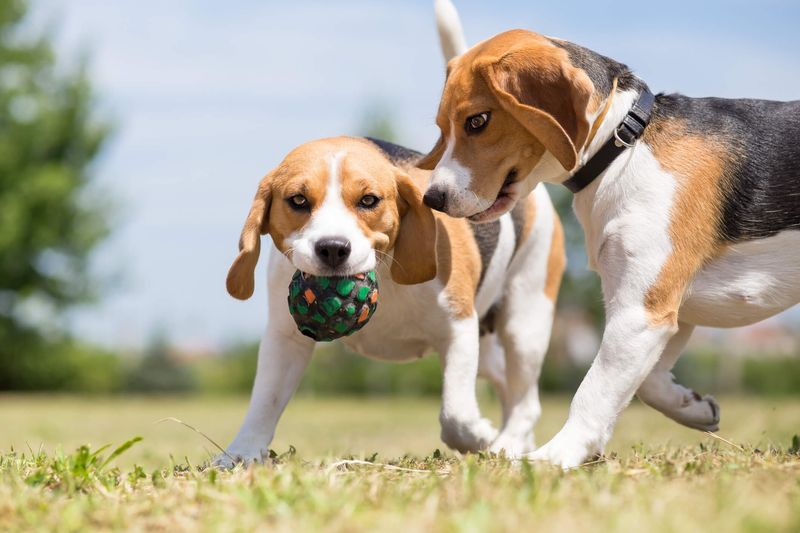
Ever been the new kid in school? Meeting other dogs can be daunting for a rescue. Introduce them to well-behaved, calm dogs first.
This gentle socializing helps them learn canine etiquette and builds confidence. It’s like having a mentor in fur!
Slowly, they’ll become more comfortable around others. So, set up doggy playdates or visit dog parks. It’s all about creating positive associations, one wag at a time.
3. Consistency In Routine

Think of a routine like a cozy blanket for your dog. Knowing what to expect each day helps ease their anxiety.
Feeding, walking, and bedtime should happen around the same time. Predictability offers a sense of security and control.
So, keep things regular and watch as your rescue dog relaxes, knowing the world isn’t so unpredictable after all. It’s the simple things, like a daily walk, that make a big difference.
4. Safe Space Creation
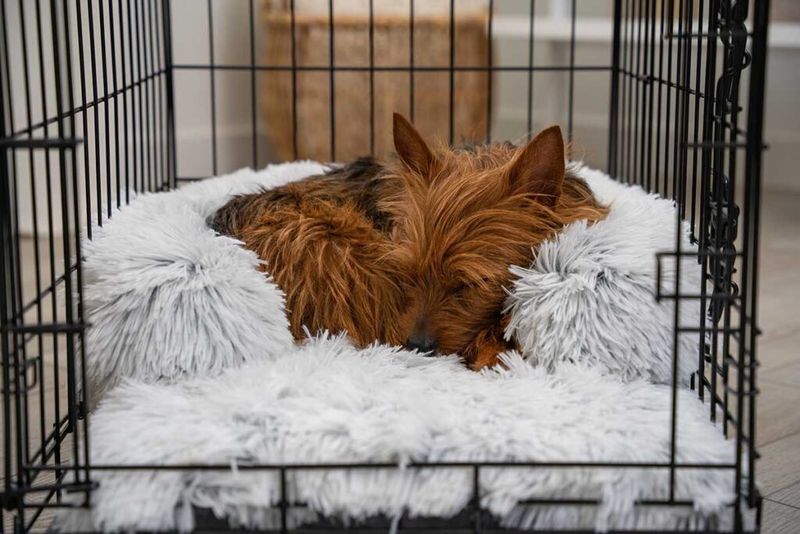
Everybody needs a little nook. Create a safe space for your rescue dog where they can retreat when overwhelmed.
It could be a comfy bed in a quiet corner or a cozy crate. This sanctuary lets them decompress and feel secure.
A space of their own is vital for building confidence, like a personal fortress against stress. Decorate it with their favorite toys and a blanket for maximum comfort.
5. Exposure To New Experiences

Putting yourself out there can be nerve-wracking, but it’s essential. Gradual exposure to new experiences helps desensitize your rescue dog.
Start with small adventures, like a new walking route or visiting a friend’s house. Slowly, these experiences build their bravery.
Each new sight or sound conquered adds to their confidence toolkit. Remember, take it at their pace—slow and steady wins the race.
6. Gentle Handling And Touch

Ever notice how a gentle hug calms the nerves? Soft handling and petting can work wonders for a nervous dog.
Regular, gentle touch builds trust and helps them feel secure in their skin. Plus, it’s a great bonding opportunity.
Approach slowly, letting them come to you. Respect their space and comfort levels, and watch as their self-assuredness grows with each reassuring stroke.
7. Calm And Reassuring Presence

When you’re anxious, isn’t a calm friend the best companion? Your demeanor affects your dog. Stay calm and composed, especially in stressful situations.
A soothing voice and relaxed body language can turn a fearful moment into a confident one. Your dog looks to you for cues, so lead by example. Your calm presence reassures them that everything is okay, boosting their trust and courage.
8. Rewarding Small Progress

Celebrating small victories is key! When your rescue dog conquers a fear, big or small, shower them with praise and treats.
This reinforces their bravery and motivates them to keep trying. It’s like giving them a gold star for effort. Over time, these little celebrations culminate in big confidence gains. Remember, progress is progress, no matter how small!
9. Consistent Commands And Cues
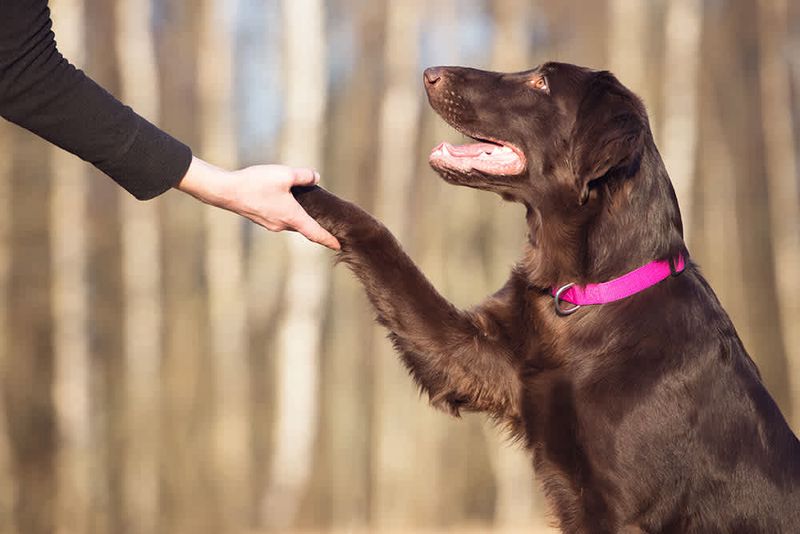
Clear communication is confidence-building. Use consistent commands and cues to guide your dog’s actions.
This clarity helps them understand what’s expected and instills security. Imagine knowing exactly what to do at any given moment—comforting, right?
Stick to simple commands and practice regularly. Over time, your rescue dog will respond eagerly, knowing they’re on the right track.






